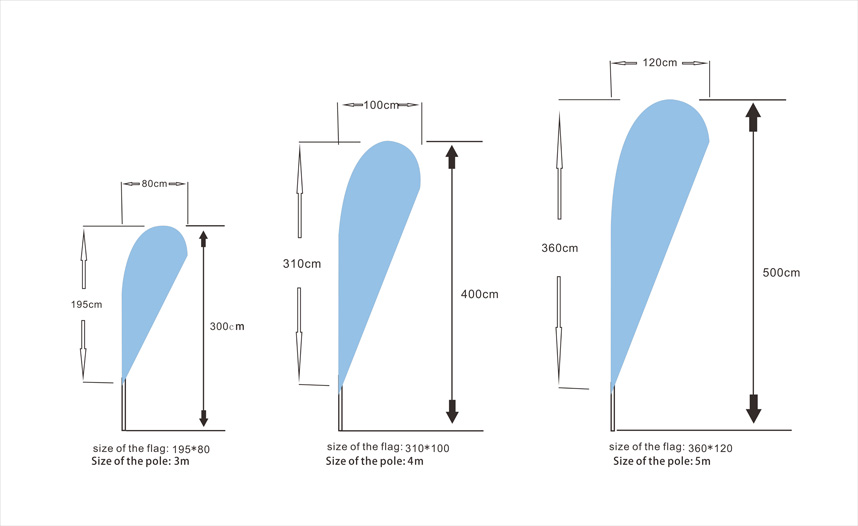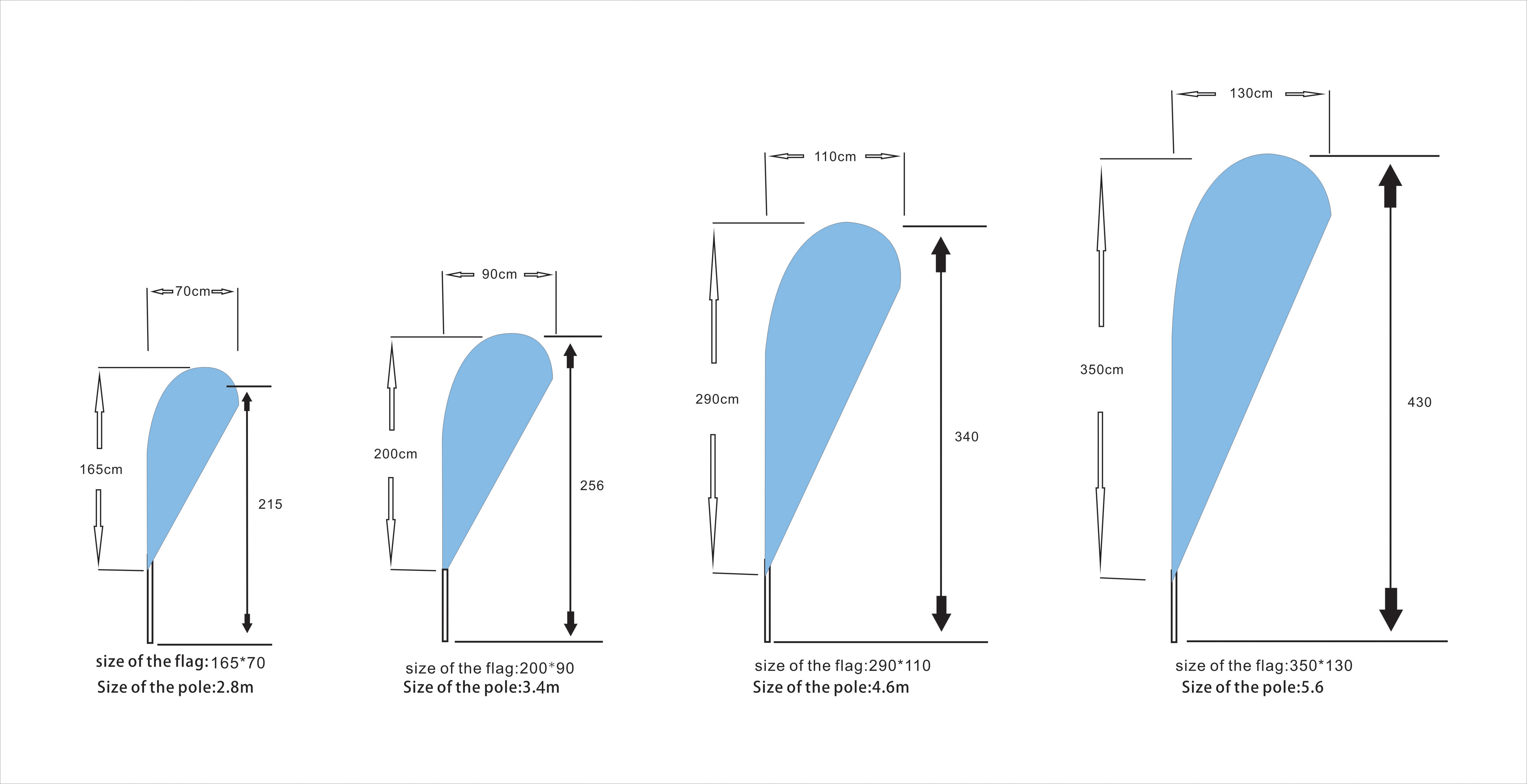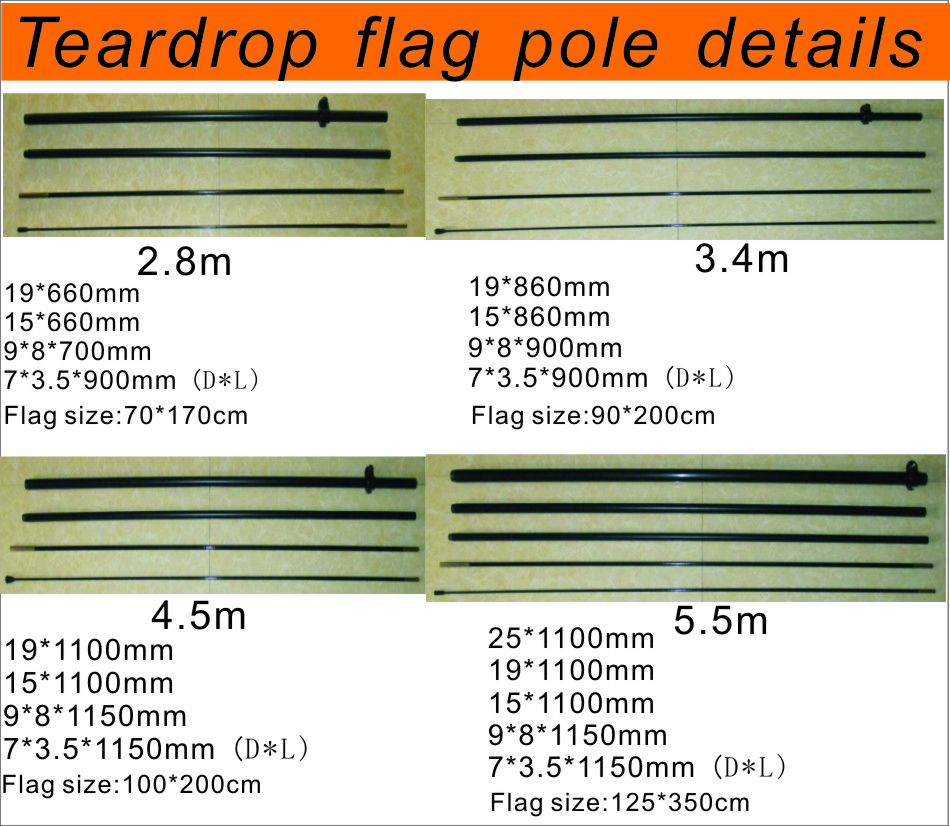Application status analysis
Now, the adoption of PDF workflows for a range of black-and-white printing applications is no longer a novelty, and PDF workflows are used for commercial printing such as business forms, books, and newspaper advertisements. At the same time, PDF integrated EDI transaction management, job ticketing, and database application technologies are further developments in the future of PDF printing in black and white printing.
Some of the simpler, more complex printing processes, and color requirements that are not very high in color, have been well established in the PDF workflow, such as business form printing. PDF is increasingly becoming the first internal format for on-demand color printing.
The PDF workflow has tremendous penetrability for color newspaper advertisements, partly due to the adoption of industry standards for color advertising programs and EDI transactions earlier. In Europe and the United States, PDF workflow is becoming a workflow for magazine and catalog printing, but the first condition is to provide a complete production program. Now we see that PDF-based workflows are moving toward more complex forms of digital printing applications that involve mass customization of page content or dynamic composition from databases.
The PDF workflow is gradually penetrating color printing applications with high commercial requirements such as offset printing, packaging printing, and special printing. With the introduction of integrated PDF production systems by some companies, the commercial PDF production workflow will be rapidly progressing.
However, PDF awareness applications today do not fully utilize the information architecture provided by PDF. Therefore, it is necessary to sew up gaps between channels and channels. In a few years, this situation will be dramatically improved. PDF applications will become tightly integrated, which integrates e-commerce, information management, and process management activities.
If we look at the different stages of production activities in the print distribution channel, we will see that PDF provides an information system that extends beyond the entire production cycle. From design propagation to page generation to media production.
E-commerce: The printing industry needs a very fluid and clear way to express transaction information. Whether the PDF file is transmitted via E-mail, Web, or managed distributed services, the related business functions must also be performed in the network. The generation, establishment, management, tracking, and closure of these transactional transactions takes place in a distributed production cycle. XML has emerged as a breakthrough standard and applied to electronic data transactions (EDIs). Some EDI-specific functions have been developed to meet the requirements of various fields in the printing market. They include SPACE for digital advertising; PROSE (Production Order Specifi/EDI) and BISAC (Book Industry Systems Advisory Committee) for magazine publishing. In these industries, the key to success is whether customers and businesses have the same attitude towards EDI usage.
Color management: Colors must be synchronized in the printing workflow through devices and displays, and color management will evolve into services that are implemented via the web. Within the network workflow, a color management system (CMS) enables color consistency for dissimilar or remote output devices. The current version of PDF itself does not support its own built-in ICC Profile, but PDF 1.3 and PDF/X will fill this feature gap.
Several major issues related to prepress
Page content generation: In order to automate page generation, an imaging mode that can create, locate, and manipulate basic elements is needed. Apple claims that it intends to use PDF primitives instead of PICT as the basis for QP in OSX, which ultimately makes the image workflow go WYSIWYG (what you see is what you get). This new idea points out that page construction software is required to have a full range of tools for editing PDF files.
Adobe "K2" (now InDesign) may meet this requirement in the future. A small amount of software, such as PageMaker, can now support PDF files, but in many scenarios it is still necessary to use the EPS format.
Pre-printing of page content: PDF provides a common format for multi-point collaboration, which is as reliable as fax, it can be viewed by any company on any platform and can be output to any printer. To accommodate high-speed file transfers, images can be down-sampled or compressed in the network. Some commenting tools provided by some plug-in developers have more powerful setting functions. They can freely outline and highlight the elements of the page, and even record supplementary suggestions in audio form. Second, there are some issues that need to be noted in pre-drafting, such as the output font, fill type, and color space.
Digital Manuscripts: To ensure that PDF files are generated correctly, the printing and publishing industry needs a standard way to save and apply Distillers' predefined structure settings that can be published outside the page generator. The Printing Technical Standards Committee is developing a standard for digital manuscripts in PDF format called "PDF/X-1". It adds some extended features to the description of PDF 1.2, including trapping, color space, and PDF files. Content resource references, etc. PDF/X-1 is expected to be a self-contained file that carries all the necessary information when it is exported.
Preflight: The content of the page must be valid at both ends of the digital interaction. Pre-inspection is a matter of sorting out the ins and outs, that is, designing related designs to meet requirements and industry standards. The job of "distilling" Postscript into a PDF file is to remove the taint from the content of the page to standardize it. However, PDF is a very flexible file format, and some incorrect structures and human errors can also be fooled. Therefore, a visual screen proof PDF file can capture these error factors. Fortunately, PDF as an open system makes it very easy to automate PDF parsing and analysis.
Transfer: PDF has become the first format for a variety of business transactions and can be accessed through a web browser, FTP address, E-mail, or a managed web service.
Prepress: Media production must be able to complete page layout operations without having to be distracted by irrelevant page elements. Many OPI solutions are capable of replacing high-resolution images in PDF files. OPI 2.0 comments will support the next version of the PDF standard. With some software tools, page elements from the page body alone can be inserted, and application software that supports dynamic database-driven PDF group layout is emerging.
Group Edition: The browsability of PDF pages makes it easy to proofread PDF digital layouts on the screen. Therefore, it is not surprising that more and more Postscript group packs absorb a certain degree of supportive characteristics of PDF. In pre-defined templates, all pages can be replaced.
Last-minute editing: Print production requires a stable page format that protects the content of the page from being affected by the processing. However, media production also requires editing and modification at the last minute. In theory, PDF meets these requirements. However, this is not the case in practice. The editing function of PDF files is very limited. For example, it is a big challenge to make changes to a text block to adapt to a word change.
RIP processing: The goal to be achieved in the workflow is that PDF can directly process and screen the PDF file RIP. This requires the use of a PJTF control statement listing combined with Adobe's Extreme RIP architecture. Singer's Brisque can handle PDFRIP, and Agfa's AI Pole workflow has added some PJTF features, but many PDF workflows redirect PDF to Postscript for final RIP processing. Generally, PDF The production efficiency of its own RIP processing is determined by the final output.
Trapping: PDF is not a solution for direct trapping, but PDF is a very useful input file format as a color, vector-based file format, and a technical solution to data flow in RIP and post-RIP trapping.
Contract Proofing: For digital contract drafting, both the local drafting and the remote drafting must be very close to the imaging characteristics of the last printed sheet. The new generation of affordable papermaking equipment enables the precise reproduction of the various workflow points in the media production cycle. The stable nature of PDF in the reproduction and transmission of high-resolution color data makes PDF a reliable standard format accepted by various color drafting devices. Like printing, RIP processing of vector type page content can be repeated “reprinted,†provided that control and calibration are correct.
Printing and Binding: Traditional simulation processes require a combination of process optimizations in a single network environment. In 1999, the organization known as the "Integration, Printing, and Postpress International Cooperation" (CIP3) organization adopted PJTF as the official format for printing production data. This standard will enable a PDF data file to integrate the various steps in media production. Until binding.
Conclusion
In the print production, PDF's gestation period has ended, and the benefits for all aspects of the printing and publishing industry are real. The gap in the current PDF workflow will always be eliminated. A lot of innovation and development will accelerate the market recognition, and the industrial restructuring around PDF will be faster and more fierce in the future!
Description :
Our Teardrop Flags is one kind of Flying Flags .They are used outdoor & indoor .They can be seen everywhere ( tradeshow , sports events ,road , in the front of store ,wedding ect)
Our common material for teardrop flags is 100% 110 g or 135 g knitted fabric with digital printing or dye sublimation printing . Single side printing or double sides printing .
Our teardrop flags are supplied with a choice of bases, making them extremely versatile and easy to install ,in any position. Base choices include: water fillable base (for indoor or outdoor use), ground stake (for outdoor soft ground use) or a drive-on car foot (for outdoor use on hard ground).
Size list of our teardrop flags :
|
Glass Fibre Poles + Aluminum Poles |
|||||||
|
Rod total height |
2.8 meter (9.2feet ) |
3.4meter (11.1feet ) |
4.5meter(14.77feet ) |
5.5meter (18.0feet ) |
|||
|
Flag size |
165*70cm |
200*90cm |
290*110cm |
350*130cm |
|||
|
Vertical Height |
215cm |
256cm |
340cm |
430cm |
|||
|
Glass Fibre Rods |
|||||||
|
Rod total height |
300CM (9.84 feet) |
400CM (13.13ft) |
500cm (16.4 feet) |
||||
|
Teardrop Flag size |
195*80cm |
310*100cm |
360*120 cm |
||||
|
Vertical Height from floor |
230cm |
320cm |
410cm |
||||
|
|
|
|
|
|
|
|
|
The template of our teardrop flags :


The details of our Teardrop Flag rods :

For more details and price ,please contact with us (whatsapp 0086 13427921037)
Teardrop Flag
Teardrop Flags,Teardrop Banners,Teardrop Banner Flags,Custom Teardrop Flags
Golden Mouth Advertising (H.K)Co.,Ltd. ( Jie Da Advertisement Co.,Ltd) , http://www.advertisingflagbanners.com